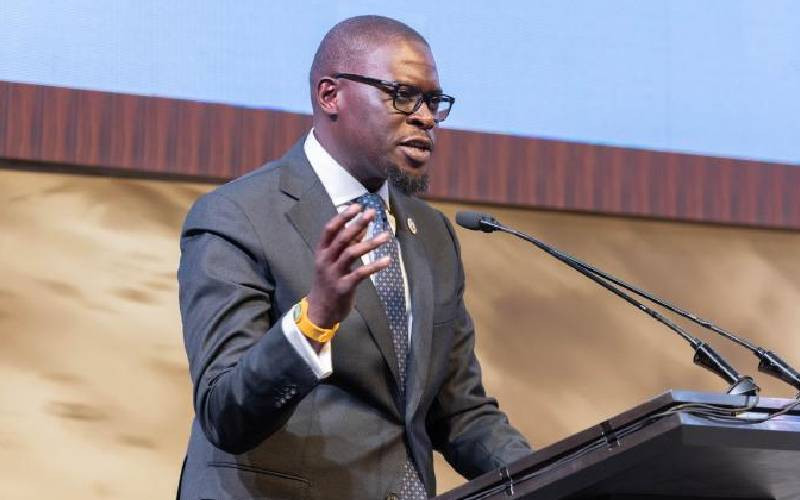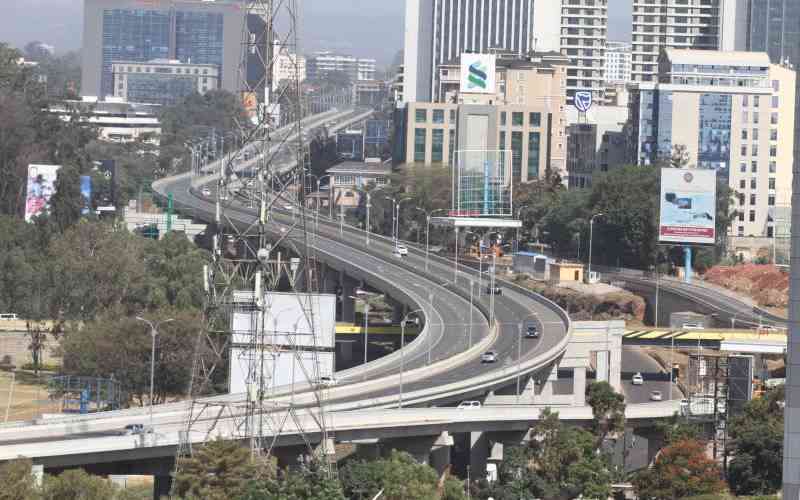Nairobi is the national capital with population, depending on the time of day between 3.5 to 4.5 million. It is the national focus point and the seat of the Executive branch of government, Parliament and the Judiciary that serves as headquarters of many corporates. Above all, Nairobi enjoys a special distinction as a host of the fourth United Nations centre besides New York, Geneva and Vienna. It is therefore a global and significant outpost with the largest diplomatic community in Africa.
Despite its international status, with an enviable and attractive climate, our infrastructure, needs greater attention to give it the status it deserves. Besides, it is the East African financial services leader, with plans underway to create Nairobi International Financial Centre (NIFC) along the lines of London, New York, Dubai, Hong Kong. It houses the World Bank and IMF, as the regional headquarters for East and Central Africa.
Given the above realities, if one takes a bird’s eye view of Nairobi in a helicopter ride between 6.30am and 9.30am, and between 3.30pm and 7.00pm the flow of cars is back to back and virtually all arteries in the city are clogged. This state of affairs is untenable and challenges our critical thinking on what is being done by planning and implementation authorities.
One example is Kenyatta Avenue. From Uhuru highway to Tom Mboya Street, a distance of hardly one kilometre, we have six traffic lights. They distract free flow and serve little purpose. If we blocked the entry to Kenyatta Avenue from both Wabera and Muindi Mbingu streets these traffic lights would be unnecessary. Besides, Kenyatta Avenue needs to be expanded by removing the flowers and trees. The whole of CBD requires fresh standard paving and re-organisation by not allowing parking within the CBD to facilitate free flow of people.
Kenya must de-emphasise a conventional approach for creative thinking. An example is Mbagathi road coming from Langata to Ngong Road, between the hours of 4.30pm and 7.00pm, traffic is very light. On the other hand traffic from Kenyatta National Hospital roundabout at the City Mortuary towards Langata Road, traffic is back to back. If we think outside the box, it is possible during those hours to reverse traffic flow from Langata by converting to single lane; the other lane would allow traffic from Ngong Road to Mbagathi Road all the way to Langata roundabout. With proper traffic police co-ordination this change is easy to adopt.
The road from Galleria all the way to Ongata Rongai, Kiserian, Ngong town coming back to Karen shopping centre, Dagoretti Corner and Ngong Road to Kenyatta National Hospital to Uhuru Highway must be dual carriaged without undue delay. We have very heavy traffic during the hours of 5am all the way to 9am and from 3.30 to 8.30 pm daily. Galleria to Karen Shopping Centre should be equally dual carriaged.
Inevitably the National Government will reason out that we have no money to carry out these infrastructural projects. However, commuters are paying a high price by unnecessary petrol consumption. If we take into consideration the many hours we spend on the roads, the high costs to the nation through capital flight from purchase of petroleum products, it makes economic sense to borrow money and build these national assets now than doing it later because it will never be cheaper by waiting.
The unintended and major victims of terrible Nairobi traffic are the school-going children who spend between four and six hours of travel daily. Imagine children coming from Ngong, Isinya, Rongai, Limuru, Machakos, Kitengela, Kajiado, Kikuyu being caught up in this traffic nightmare and the toll on them through poor examination performance besides poor health associated with exhaustion from sitting in traffic. This scenario is unacceptable for a nation aiming at being globally competitive by 2030. What is pertaining in Nairobi is coincidentally applicable to Mombasa. We need to take long term view of infrastructure development not only in Nairobi and Mombasa, but across the entire country.
Further, contractors awarded contracts must be made to work 24 hours. We cannot afford the luxury of waiting unless we want to live under developmental illusion.
 The Standard Group Plc is a
multi-media organization with investments in media platforms spanning newspaper
print operations, television, radio broadcasting, digital and online services. The
Standard Group is recognized as a leading multi-media house in Kenya with a key
influence in matters of national and international interest.
The Standard Group Plc is a
multi-media organization with investments in media platforms spanning newspaper
print operations, television, radio broadcasting, digital and online services. The
Standard Group is recognized as a leading multi-media house in Kenya with a key
influence in matters of national and international interest.
 The Standard Group Plc is a
multi-media organization with investments in media platforms spanning newspaper
print operations, television, radio broadcasting, digital and online services. The
Standard Group is recognized as a leading multi-media house in Kenya with a key
influence in matters of national and international interest.
The Standard Group Plc is a
multi-media organization with investments in media platforms spanning newspaper
print operations, television, radio broadcasting, digital and online services. The
Standard Group is recognized as a leading multi-media house in Kenya with a key
influence in matters of national and international interest.








